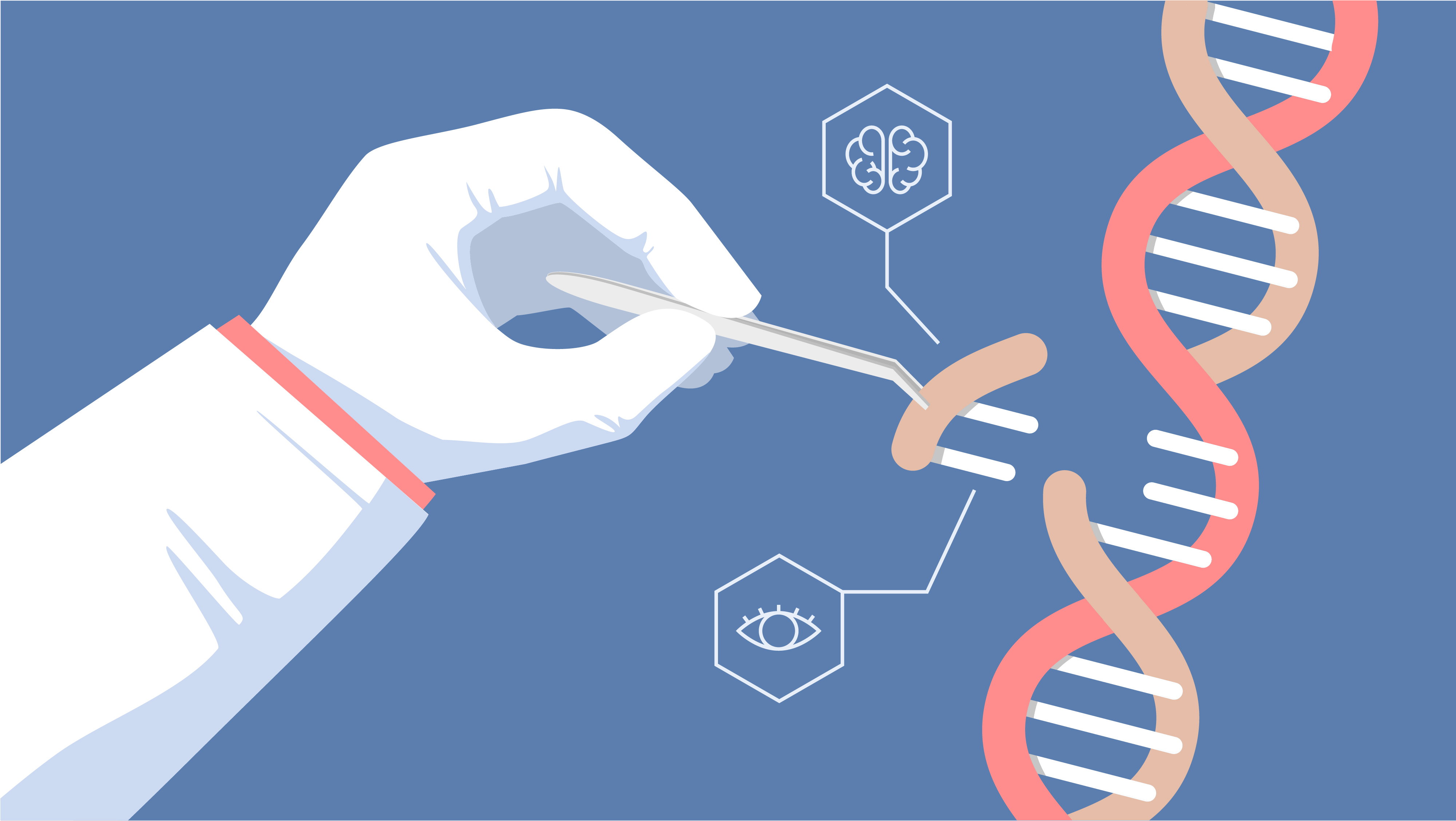
No two people are the same. Even twins.
So with this diversity, and the fact that there are nearly 8 billion people on the planet, there are going to be a lot of genetic mutations.
Blue eyes
Even though around 8 percent of the world’s population has blue eyes, the mutation that causes it is relatively new compared to the amount of time we’ve been around as a species. Scientists have figured out that it was a signle person around 7,000 years ago that first had blue eyes. Every single human used to have brown eyes, and recently researchers have managed to figure out which genes messed up causing that first person to have blue eyes . While changes in a gene called OCA2 causes a change in the amount of pigment produced in the iris, thus creating different shades of brown, it is a mutation in a nearby gene called HERC2 that acts as a switch that turns OCA2 off, resulting in no brown pigment and blue eyes as a result.
Red Hair
Along with blue eyes, this is one of the most well known genetic mutations that people have. We all probably have a friend or family member that has red hair, but despite this, the hair colour is actually still pretty rare as only 5 percent of people have it.
People in northern Europe are more likely to have red hair, and while some people have argued that it evolved under positive selection as a response to shorter days and longer nights, others suggest that it was, in fact, the absence of negative selection that allowed it to prevail in the higher latitudes. It is more common in people from Scotland and Wales not due to any particular reason apart from genetic drift, and the fact that these nations were probably quite isolated in the recent past due to the landscape and other factors.
Missing wisdom teeth
“Late erupting wisdom teeth can cause man all sorts of problems. But some people, roughly 40 percent of Asians, 10 to 25 percent of Americans of European descent, and 11 percent of African Americans, are lacking at least one third molar, as wisdom teeth are technically known. Amazingly, it is thought that around 45 percent of Inuits are also in this select group.
It is believed that like all mammals, human ancestors had three sets of four molars at the back of the mouth to help grind up the tough vegetation they ate. But as our ancestors managed to tame fire, the food they ate became softer and their jaws became narrower, eliminating the space needed for the final set that we call wisdom teeth. The oldest fossil known to have missing third molars is from China and is around 350,000 years old. It is thought that this is where the mutation originally arose.”